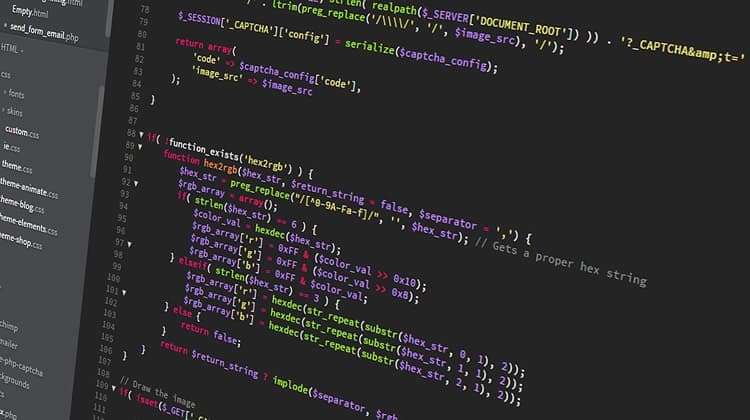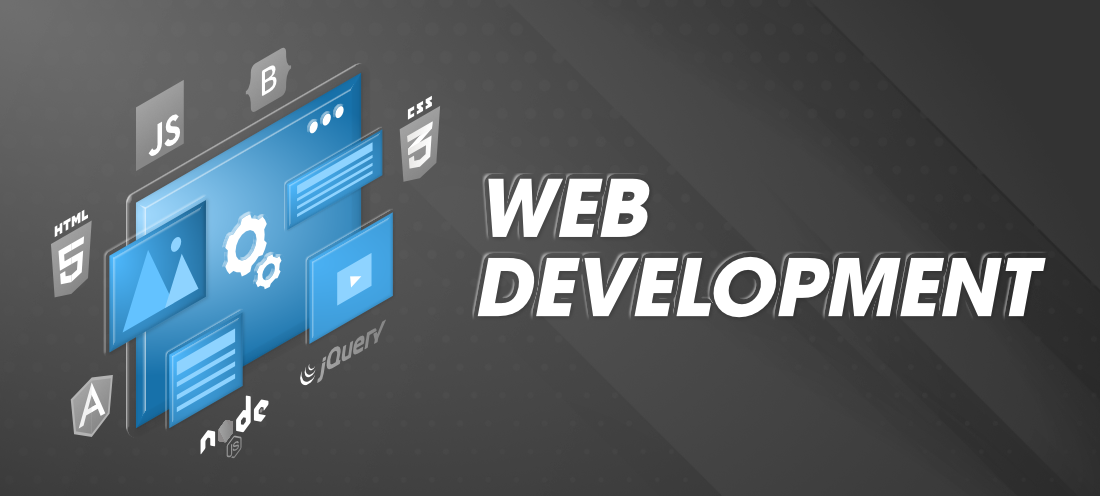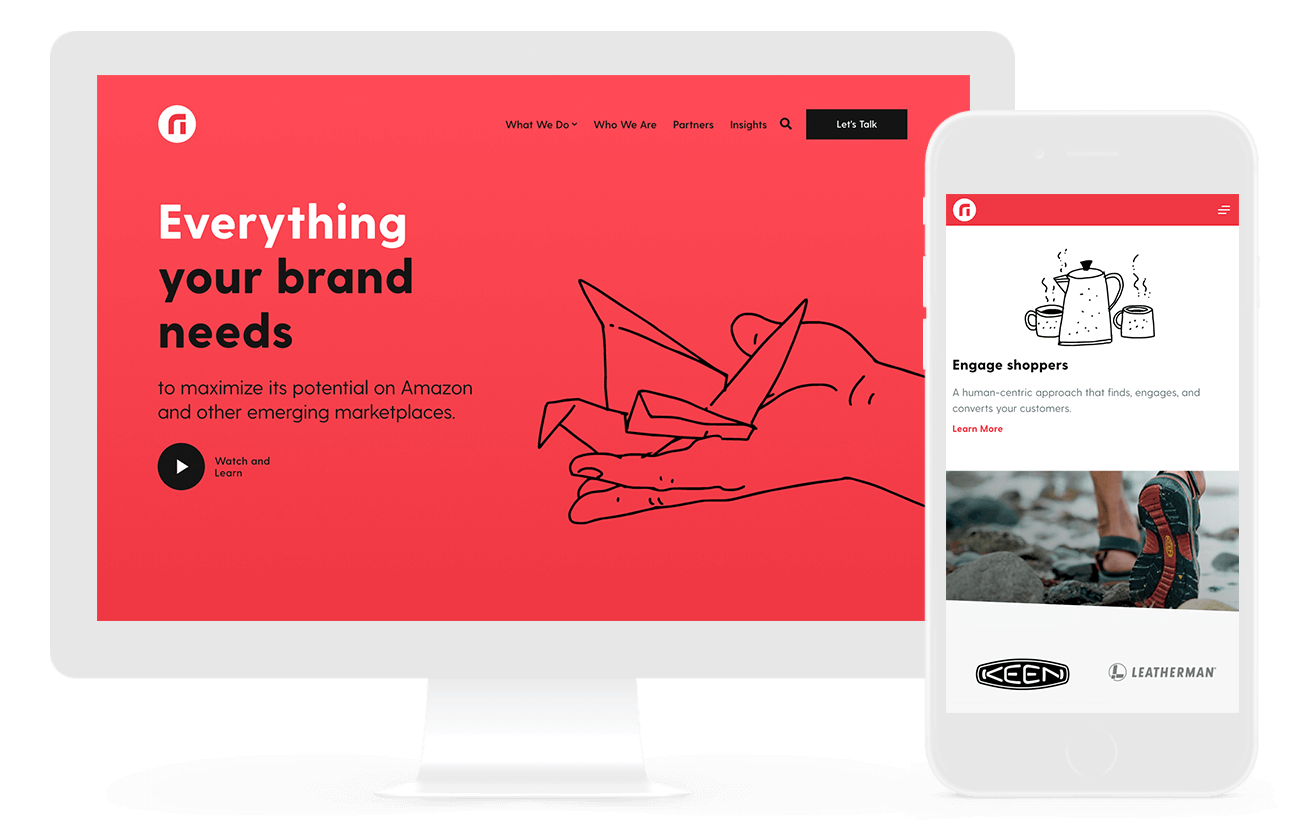All Categories
Featured
Table of Contents
- – 53 Web Design Tools To Help You Work Smarter I...
- – Law Firm Website Design, Attorney Web Design,...
- – Sustainable Web Design: Home Tips and Tricks:
- – Mrw Web Design - Wordpress Websites For Nonpr...
- – Web Design - Linkedin Learning, Formerly Lynd...
- – Trajectory: Atlanta Web Design Company Tips a...
- – Redtree Web Design - Pittsburgh Tips and Tri...
- – Web Design Software By Xara Tips and Tricks:
- – Web Development Bachelor's Degree - Full Sai...
- – Lifted Logic: Web Design In Kansas City - Se...
- – Chavez Web Design: Web Design San Diego - Ba...
53 Web Design Tools To Help You Work Smarter In 2022 Tips and Tricks:
Quick summary Usability and the utility, not the visual design, determine the success or failure of a site. Considering that the visitor of the page is the only individual who clicks the mouse and therefore chooses whatever, user-centric style has actually established as a standard method for effective and profit-oriented website design - web design frederick md.
and the utility, not the visual style, identify the success or failure of a website. Because the visitor of the page is the only person who clicks the mouse and therefore chooses everything, user-centric design has ended up being a basic method for effective and profit-oriented web style. If users can't use a function, it might as well not exist.
g. where the search box need to be placed) as it has actually currently been done in a number of articles; instead we focus on the techniques which, used properly, can result in more advanced style decisions and streamline the procedure of perceiving provided info. Please notice that you may be interested in the usability-related short articles we have actually published before: Concepts Of Excellent Site Design And Reliable Web Design Guidelines, In order to use the concepts correctly we initially need to comprehend how users connect with sites, how they believe and what are the basic patterns of users' habits.
Law Firm Website Design, Attorney Web Design, Lawyer ... Tips and Tricks:
Visitors glance at each brand-new page, scan a few of the text, and click on the very first link that catches their interest or vaguely resembles the important things they're trying to find. In reality, there are large parts of the page they do not even take a look at. The majority of users look for something fascinating (or useful) and clickable; as soon as some promising prospects are discovered, users click.
If a page supplies users with premium material, they are ready to compromise the material with ads and the style of the website. This is the factor why not-that-well-designed sites with high-quality material gain a great deal of traffic over years. Material is more important than the style which supports it.

Users don't check out, they scan. Notice how "hot" areas abrupt in the middle of sentences. This is common for the scanning procedure. Very basic concept: If a site isn't able to fulfill users' expectations, then designer stopped working to get his task done appropriately and the company loses cash. The greater is the cognitive load and the less intuitive is the navigation, the more willing are users to leave the site and look for options.
Sustainable Web Design: Home Tips and Tricks:
Neither do they scan webpage in a direct style, going sequentially from one site area to another one. Rather users satisfice; they select the very first sensible choice. As quickly as they find a link that appears like it may lead to the objective, there is an excellent possibility that it will be right away clicked.
It does not matter to us if we comprehend how things work, as long as we can utilize them. If your audience is going to act like you're developing signboard, then design excellent signboards." Users wish to be able to manage their internet browser and depend on the consistent information discussion throughout the site.
If the navigation and website architecture aren't instinctive, the variety of enigma grows and makes it harder for users to understand how the system works and how to get from point A to point B. A clear structure, moderate visual ideas and quickly identifiable links can assist users to find their course to their objective.
Mrw Web Design - Wordpress Websites For Nonprofits ... Tips and Tricks:

claims to be "beyond channels, beyond products, beyond circulation". What does it suggest? Given that users tend to explore sites according to the "F"-pattern, these three declarations would be the first elements users will see on the page once it is packed. The style itself is easy and user-friendly, to understand what the page is about the user requires to browse for the response.
Once you've attained this, you can interact why the system is useful and how users can benefit from it. People will not utilize your web site if they can't discover their method around it. 2. Don't Squander Users' Perseverance, In every job when you are going to offer your visitors some service or tool, try to keep your user requirements very little.
Newbie visitors want to, not filling long web forms for an account they might never use in the future. Let users explore the site and find your services without requiring them into sharing private information. It's not sensible to force users to get in an email address to test the feature.
Web Design - Linkedin Learning, Formerly Lynda.com Tips and Tricks:
Stikkit is an ideal example for an user-friendly service which needs almost nothing from the visitor which is inconspicuous and comforting. And that's what you want your users to feel on your website. Apparently, Termite needs more. The registration can be done in less than 30 seconds as the kind has horizontal orientation, the user doesn't even require to scroll the page.
A user registration alone is enough of an impediment to user navigation to cut down on inbound traffic. Handle To Focus Users' Attention, As sites provide both fixed and dynamic material, some aspects of the user interface draw in attention more than others do.
Focusing users' attention to particular areas of the website with a moderate usage of visual components can assist your visitors to receive from point A to point B without thinking of how it really is expected to be done. The less concern marks visitors have, the they have and the more trust they can establish towards the company the website represents.
Trajectory: Atlanta Web Design Company Tips and Tricks:
Strive For Feature Exposure, Modern web designs are normally criticized due to their method of guiding users with aesthetically appealing 1-2-3-done-steps, large buttons with visual results and so on. From the style viewpoint these components in fact aren't a bad thing.
The website has 9 main navigation options which are noticeable at the very first glimpse. The choice of colors may be too light. is a fundamental principle of effective interface design. It does not really matter how this is accomplished. What matters is that the material is well-understood and visitors feel comfortable with the method they communicate with the system.
Instead a cost: simply what visitors are looking for. An optimum solution for efficient writing is touse short and concise phrases (come to the point as quickly as possible), use scannable design (classify the content, use numerous heading levels, use visual elements and bulleted lists which break the flow of uniform text blocks), usage plain and unbiased language (a promotion doesn't need to sound like advertisement; give your users some reasonable and objective reason why they need to use your service or stay on your site)6.
Redtree Web Design - Pittsburgh Tips and Tricks:
Users are rarely on a site to enjoy the style; furthermore, in a lot of cases they are trying to find the info in spite of the style - web design frederick md. Strive for simpleness rather of complexity. From the visitors' perspective, the finest website design is a pure text, without any advertisements or further material blocks matching exactly the question visitors utilized or the content they've been looking for.
Finch plainly presents the details about the site and offers visitors an option of options without overcrowding them with unnecessary content. 7. Do not Hesitate Of The White Area, Actually it's actually difficult to overstate the importance of white area. Not only does it assist to for the visitors, however it makes it possible to perceive the information provided on the screen.
Complex structures are harder to check out, scan, analyze and work with. If you have the option in between separating 2 style sections by a visible line or by some whitespace, it's normally much better to use the whitespace solution. (Simon's Law): the better you manage to offer users with a sense of visual hierarchy, the simpler your material will be to perceive.
Web Design Software By Xara Tips and Tricks:
The same conventions and rules must be used to all elements.: do the most with the least quantity of cues and visual elements. 4 major points to be considered: simpleness, clearness, diversity, and focus. Simpleness consists of only the aspects that are most important for communication. Clearness: all components ought to be developed so their significance is not ambiguous.
Conventions Are Our Friends, Conventional style of website components doesn't result in a dull website. In truth, as they minimize the discovering curve, the requirement to figure out how things work. For example, it would be an use headache if all websites had various visual presentation of RSS-feeds. That's not that various from our routine life where we tend to get utilized to basic concepts of how we arrange data (folders) or do shopping (placement of products).
comprehend what they're anticipating from a website navigation, text structure, search placement etc. A typical example from functionality sessions is to translate the page in Japanese (assuming your web users do not know Japanese, e. g. with Babelfish) and provide your usability testers with a task to discover something in the page of various language.
Web Development Bachelor's Degree - Full Sail University Tips and Tricks:
Steve Krug recommends that it's much better to, but benefit from conventions when you don't. 10. Test Early, Test Often, This so-called TETO-principle ought to be used to every website design task as use tests often offer into substantial issues and problems related to a given design. Test not too late, not insufficient and not for the incorrect factors.
Some essential points to remember: according to Steve Krug, and screening one user early in the job is better than testing 50 near completion. Accoring to Boehm's first law, mistakes are most regular during requirements and design activities and are the more costly the later on they are removed.
That suggests that you design something, test it, fix it and then evaluate it again. There may be issues which have not been discovered throughout the very first round as users were practically obstructed by other problems.
Lifted Logic: Web Design In Kansas City - Seo - Website ... Tips and Tricks:

This holds for designers also. After you've dealt with a site for couple of weeks, you can't observe it from a fresh viewpoint any longer. You understand how it is constructed and for that reason you know precisely how it works you have the knowledge independent testers and visitors of your website wouldn't have.
It can be linked to other areas such as graphic style, user experience, and multimedia arts, however is more aptly seen from a technological standpoint. It has actually ended up being a large part of individuals's daily lives. It is tough to picture the Internet without animated graphics, different designs of typography, background, videos and music.

Throughout 1991 to 1993 the World Wide Web was born. Text-only pages might be viewed using an easy line-mode web browser. In 1993 Marc Andreessen and Eric Bina, developed the Mosaic browser. At the time there were multiple browsers, nevertheless the majority of them were Unix-based and naturally text heavy. There had actually been no integrated method to graphic design components such as images or sounds.
Chavez Web Design: Web Design San Diego - Bakersfield ... Tips and Tricks:
The W3C was created in October 1994 to "lead the World Wide Web to its full capacity by establishing common protocols that promote its development and guarantee its interoperability." This dissuaded any one business from monopolizing a propriety browser and shows language, which could have changed the impact of the Internet as a whole.
As this has actually occurred the innovation of the web has likewise moved on. There have also been considerable changes in the way people utilize and access the web, and this has actually changed how websites are designed.
Learn more about Lovell Media Group LLC or TrainACETable of Contents
- – 53 Web Design Tools To Help You Work Smarter I...
- – Law Firm Website Design, Attorney Web Design,...
- – Sustainable Web Design: Home Tips and Tricks:
- – Mrw Web Design - Wordpress Websites For Nonpr...
- – Web Design - Linkedin Learning, Formerly Lynd...
- – Trajectory: Atlanta Web Design Company Tips a...
- – Redtree Web Design - Pittsburgh Tips and Tri...
- – Web Design Software By Xara Tips and Tricks:
- – Web Development Bachelor's Degree - Full Sai...
- – Lifted Logic: Web Design In Kansas City - Se...
- – Chavez Web Design: Web Design San Diego - Ba...
Latest Posts
Web Design Blog - Webdesigner Depot Webdesigner Depot Tips and Tricks:
Penner Home - Durham Web Design - Penner Web Design ... Tips and Tricks:
Top Web Design Companies - Find Web Designers Here Tips and Tricks:
More
Latest Posts
Web Design Blog - Webdesigner Depot Webdesigner Depot Tips and Tricks:
Penner Home - Durham Web Design - Penner Web Design ... Tips and Tricks:
Top Web Design Companies - Find Web Designers Here Tips and Tricks: